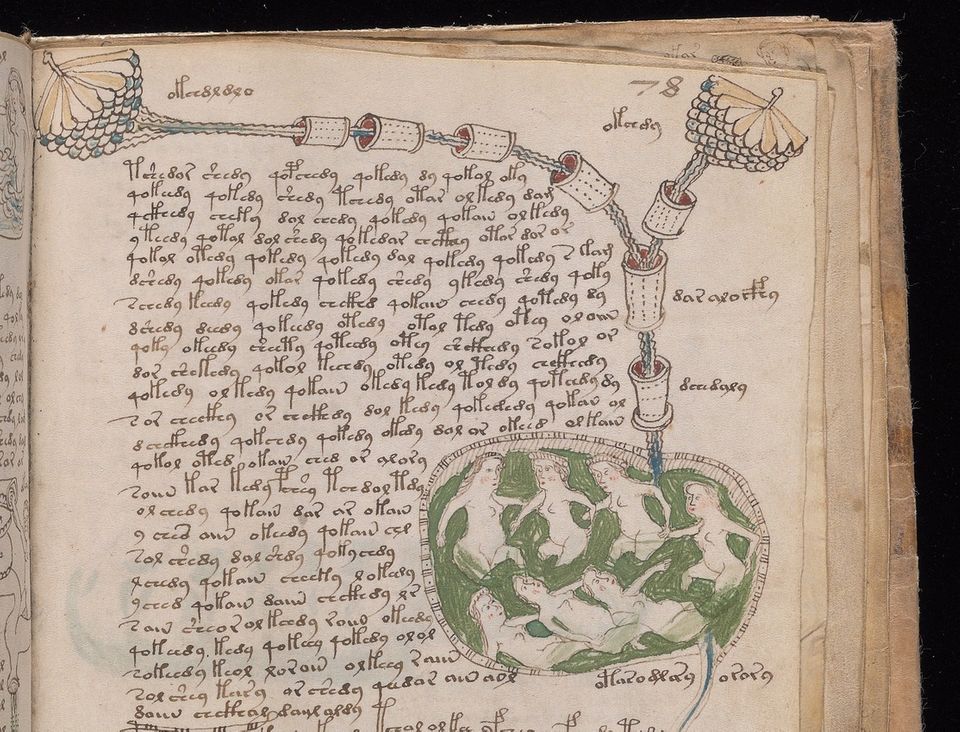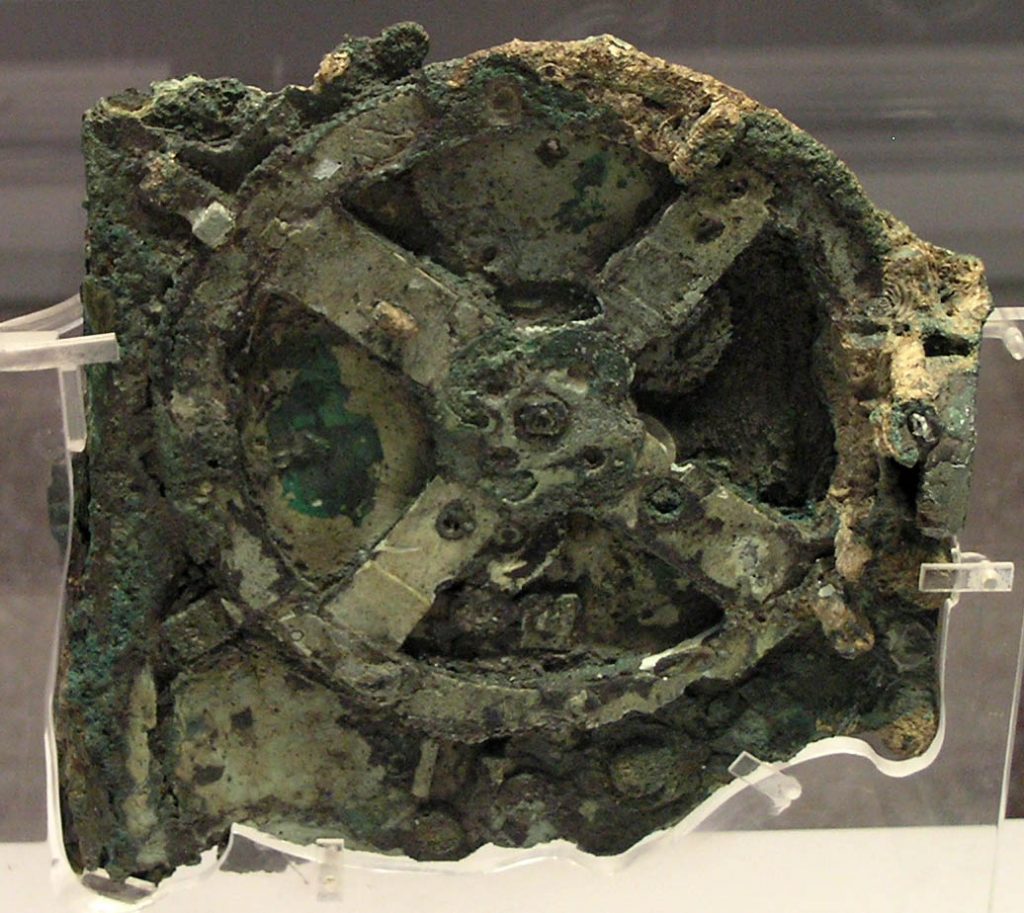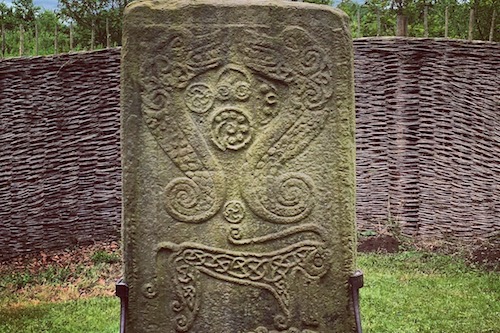Hey, young people! Do you dig Twitters and TikToks? Thanks to social media, you can instantly find out which handbag Khloé Kardashian is rocking today! Fun! Another million years from now, archaeologists will find an iPad buried underground, turn it on (’cause there’s still enough juice in the battery!), and YouTube megastar Jake Paul will enjoy the joy their ancestors did! But learning about the past (and by “past” I mean today’s “present” but someday in the future will be past) will become much easier in the future, and learning about the past will be difficult. Today Because Alexander the Great did not rule by Tweed. For this reason, there are archeological discoveries and histories of some ancient civilizations that we cannot fully understand. Here are 8 questions we’ll never be able to solve.
1. What is Voynich Manuscript?
This mysterious manuscript, named after Wilfried Voynich, a Polish bookseller who bought it in 1912, continues to baffle cryptographers. For example, none of the plants depicted are identified as actually present, and the text contains more than 170,000 different characters. It was originally suspected that Voynich created it to attract publicity and cause some mischief, but carbon dating indicates a 15th-century origin, so no.

2. What is the deal with the Bent Pyramid?
Everyone knows how the pyramids are designed, right? Like the pyramids, ah! Ah, but like many things there are exceptions to the rule, folks. For example, the pyramid built during the reign of Pharaoh Snefru is quite different. While the way the bottom floor is built is consistent with your typical pyramid, things start to look different as you move up. The angle of inclination changes suddenly and they are done, what they are done. One theory is that it must be hastily completed in response to the unexpected death of the person for whom it was planned. But we want to believe that the giant aliens who created it lost their patience while building an elaborate sandcastle, clapped their hands on top of it, and said, “We’re done here.”

3. What purpose did the plain of jars serve?
Picture this: You’re wandering around the mountains of Laos, and low and behold, there are huge stone jars scattered about, some as tall as 10 feet. What!? We don’t know. They were created about 2500 years ago, and the abundance of human bones nearby suggests that the jars were used for cremation or to house corpses before funerals. Locals say the jars were used to make whiskey or rice wine for the giants who once lived there, so, yeah, yeah. Maybe it is. The airtight explanation is sure.

4. How did the ancient Greeks know how to make the Antikythera Mechanism?
This archeological doohickey was discovered in 1901 in an ancient shipwreck off the coast of Greece and was identified a year later as some sort of analog computer desk. It consists of 30 clock-like bronze gear dingamabobs and is estimated to have been created around 100 BC, although this doodad may have predated it by a hundred years. This gizmo seems to have functioned as an astrological device as it follows the movement of the moon and sun according to the zodiac. Anyway, the technology needed to create this whatchamacallit won’t be rediscovered for another 1000 years, leading some to conclude that it’s an aliens blah blah blah X-Files theme.

5. What message do Pictish stones convey?
Mysterious, ubiquitous freestones with mysterious carvings dot Scotland from east to west. They are believed to have been created between 500 and 900 AD. While some images are clear — birds and other animals real or imagined, and everyday objects such as glasses and combs — others are unrecognizable. But in all cases, it is not clear what the intention is. Tell a story? Show off your crazy glass drawing skills? I don’t have any.

6. Why did the original inhabitants of Teotihuacan abandon the city?
Once in the 13th century, the Aztecs came to a city with all the signs of a sophisticated civilization – roads, palaces, pyramids and irrigation systems. But the person who lived there left everything as it was and disappeared 600 years ago. Although the Aztecs named the city Teotihuacan, no one knows what the original inhabitants called it because there are no written records. The Pyramid of the Sun, the third largest pyramid in the world, still stands today. If you close your eyes, you can imagine ancient men with fake Rolexes or something else carting them down the mile-long Avenue of the Dead.

7. What happened to the Angkor Wat civilization?
In 1860, French explorer Henri Mouhot was wandering through a jungle in Cambodia when he came across a spectacular Buddhist monastery hidden behind trees. When he asked monks and farmers about the history of the area, they shrugged their shoulders. Eventually, historians were able to gain more insight and found that Angkor Wat was home to a powerful empire that lasted from about 800 AD until the empire’s collapse 600 years later. Angkor Wat is only a small part of what used to be a big city. The rest – including houses and paddy fields – is buried under the jungle. No one knows where everyone went, but they were gone in a very short time.

8. How did Thonis-Heraklion end up at the bottom of the Mediterranean Sea?
Around 700 BC, the Egyptian port city of Thonis-Heraklion was a beautiful phenomenon. It had 16-foot-tall statues, animal sarcophagi, bridges, and everything else you’d expect from an Egyptian city 2,700 years ago. And then all of a sudden there’s no such thing as a happening place. It was rediscovered at the bottom of the sea off the Egyptian coast in the early 2000s. What gives? Well, if the answer was known, it would have been silly to add it to the list, wouldn’t it?

